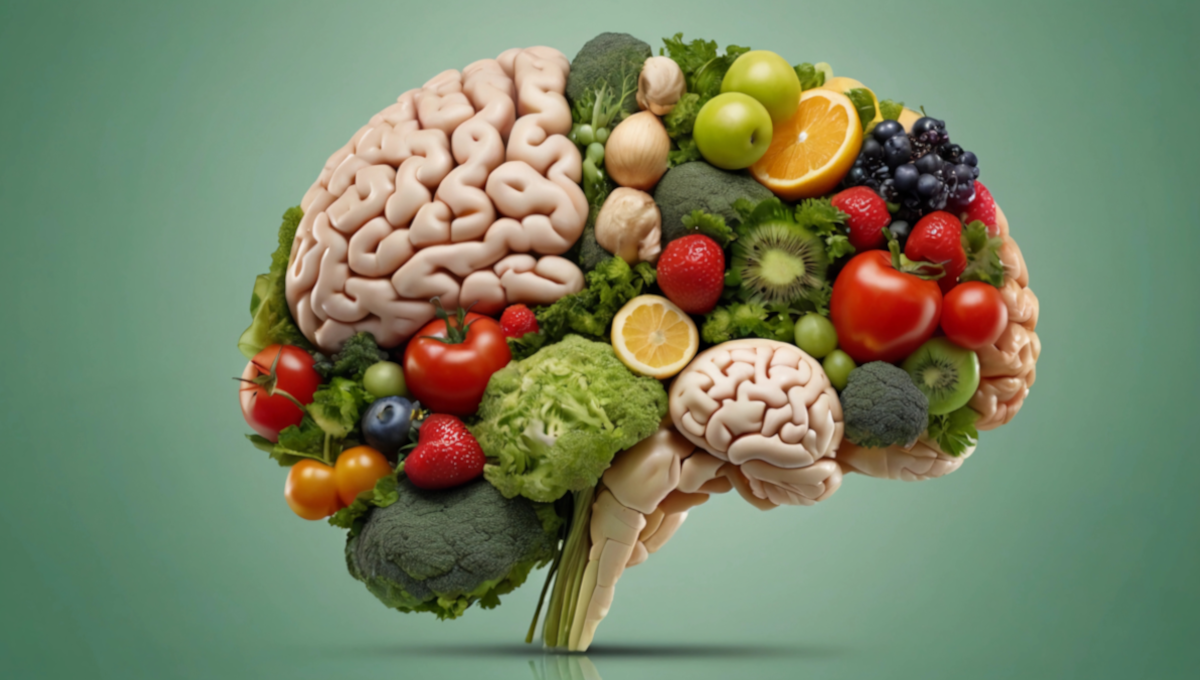A new study published April 2 in Nature , digs into how the brain ties flavors to sickness, revealing a process that mirrors human reactions to foodborne illness. Led by Christopher Zimmerman and Ilana Witten, both from Princeton University’s Neuroscience Institute, the research explores how mice learn to avoid harmful foods based on delayed gut signals. Titled “A neural mechanism for learning from delayed postingestive feedback,” the study highlights the amygdala — a brain region linked to emotion and memory — as key to conditioned flavor aversion (CFA).
Mice developed strong aversions to flavors, like sweetened grape Kool-Aid, after a single pairing with gastrointestinal malaise triggered by lithium chloride (LiCl). Familiar flavors, though, didn’t prompt the same rejection, even when followed by malaise. This one-shot learning persisted despite hours between consumption and sickness, much like how humans might avoid a food after a rough bout of nausea.

Zimmerman, Witten and their team discovered that novel flavors activate a network of amygdala regions during eating, malaise and later memory retrieval. Using high-density recordings and optogenetic stimulation, they found that malaise signals from the hindbrain’s calcitonin gene-related peptide (CGRP) neurons reactivate these flavor representations in the amygdala. The stronger this reactivation, the deeper the aversion, stabilizing the neural memory of the offending flavor.
Without unexpected gut feedback, those flavor traces faded. Food safety insights The study shows why novel foods spark stronger aversions than familiar ones. The brain’s heightened response to unfamiliar flavors amplifies reactions when paired with malaise, a pattern seen in mice and likely humans too.
Brain-wide imaging via light-sheet microscopy pinpointed the amygdala’s unique role across consumption, sickness, and recall. The research also underscores the gut-brain connection: postingestive signals from digestion drive this learning, favoring nutritious foods and rejecting toxic ones. Animals, including humans, rely on CFAs to dodge harmful foods, a survival trick refined by evolution.
The researchers note this process is “essential for survival—nutritious foods are valuable, whereas poisonous foods can be deadly.” The study’s peek into the brain’s flavor-memory machinery reveals how a single bad experience can reshape our relationship with food, offering a window into a mechanism that’s as instinctive as it is intricate. The full study can be found here .
(To sign up for a free subscription to Food Safety News, click here .).
Food

Study reveals brain’s role in linking flavors to foodborne illness

A new study published April 2 in Nature, digs into how the brain ties flavors to sickness, revealing a process that mirrors human reactions to foodborne illness. Led by Christopher Zimmerman and Ilana Witten, both from Princeton University’s Neuroscience Institute, the research explores how mice learn to avoid harmful foods... Continue Reading















